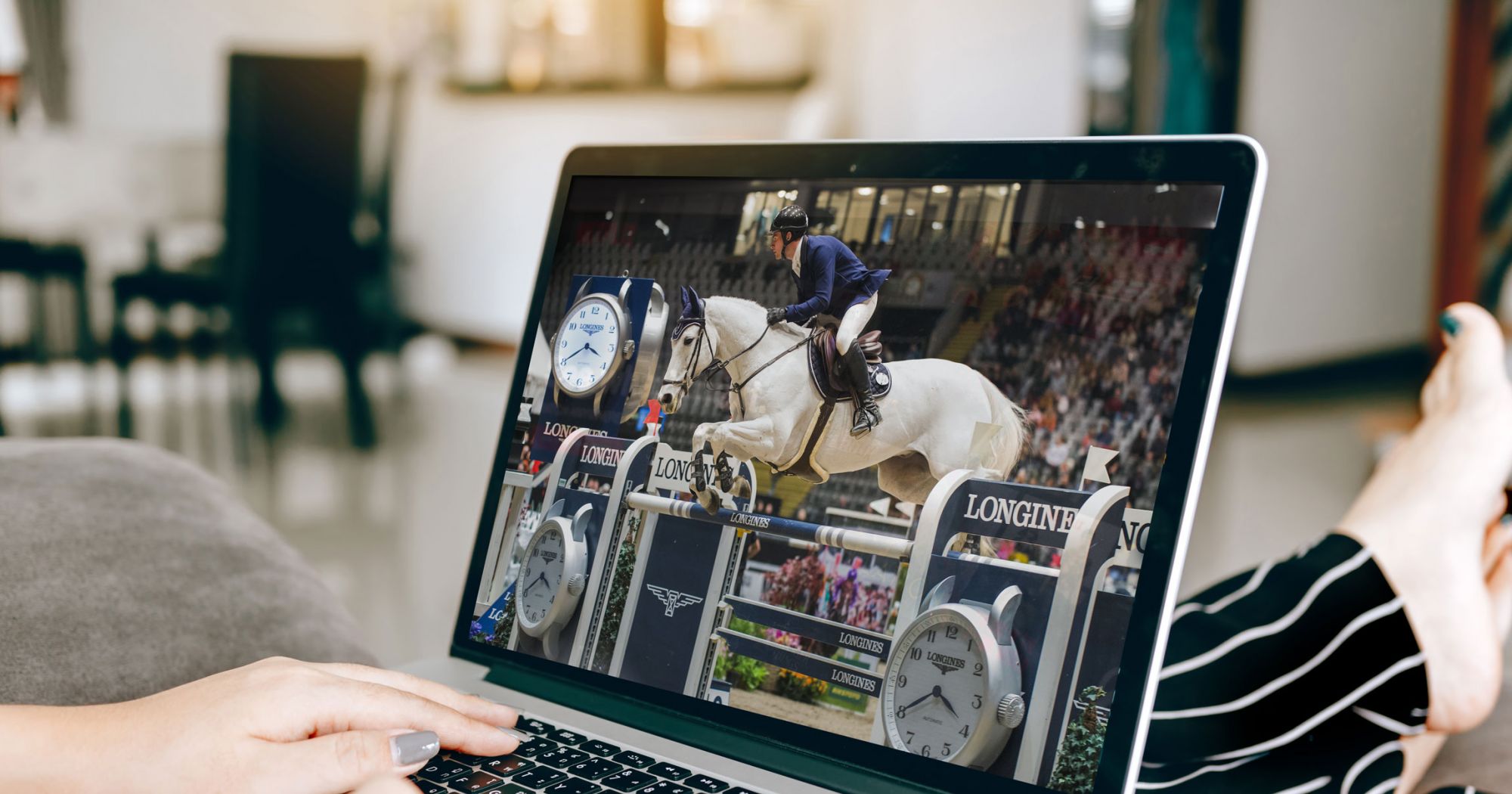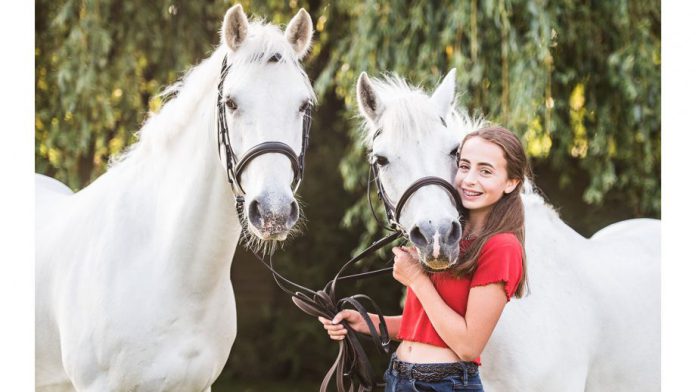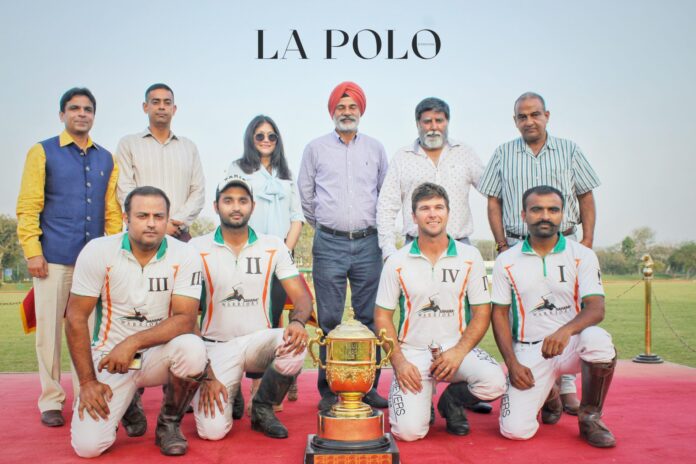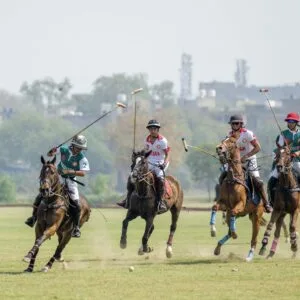Social media can connect us to friends and family as well as people we may never meet in person with whom we are still able to develop strong bonds. Being involved in the online world can lead to greater opportunities for support and a sense of community. Think about why you got into the sport in the first place: yes, it was likely because you love all things equine, but is it not made richer by sharing that love with like-minded souls?
Influencers have gained an important place in many equestrian clubs’ social media promotions since they convey trust and confidence to those who follow them. Their use as promotion tools is widespread in numerous other sports fields. However, they are only beginning to be introduced in the equestrian sector. Nearly 80% of users who follow equestrian content profiles mainly follow informative ones, and 65.1% use them as a training and learning resource. Despite the sector being in a development phase, the use of influencers as a communication tool is highly recommended in the equestrian world.

For example, we could look at the impact of social media influencers on stable cultures in Sweden and Norway. The influencers mainly focus their communication on horse-related issues, and their love for horses creates the intimacy needed for launching other messages (perceived knowledge or advertisement).
These social media influencers are also more likely to impact followers’ perception of the human-animal relationship as well as consumer behaviour, and can therefore affect the welfare of horses. Riders also use social media for discussing, and brainstorming with fellow riders, about how best to take care of horses—since traditional media covers equestrian sports considerably less than mainstream team sports, such as football and ice hockey.

To get a better insight into how social media could be a game-changer for the Equus world, we spoke to a few popular social media influencers. Bella, the influencer with the highest number of followers in our study, explicitly communicates on Instagram and says that she sees herself as a professional blogger and influencer. She describes herself as a “professional showjumper.” Elin presents herself differently. She prefers dressage, tricks, and liberty dressage. Fredrik, the third most followed influencer in our selection, describes himself as an “athlete,” indicating that he views his involvement in the equestrian sphere as a professional. Bella, Elin, and Fredrik use several different social media channels.
Bella expresses her equestrian identity through content related to horse experiences—for instance, what she did in the stable this morning, descriptions of horses and how they are cared for, how a training session went, and what happened during a competition. Bella’s followers actively support her. They tell her that she is great and that she inspires them, asking her advice on exercises that they can perform with their horses. She also discusses the difficulties of being a professional equestrian.

By sharing pictures and comments on their lives, equestrian influencers present themselves as experts in the equine sector—as “real” and passionate horse people—and they highlight their own ideas when answering queries on horses. When people are authentic, you empathize with them. We all know what it’s like to try hard and be let down or cope with an unexpected injury. But someone else’s helpful tips may just be the game-changer that makes your day.





